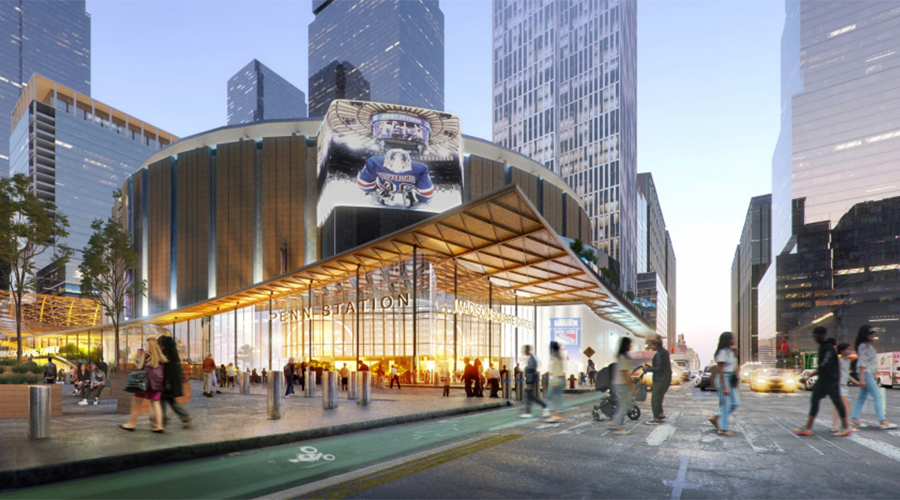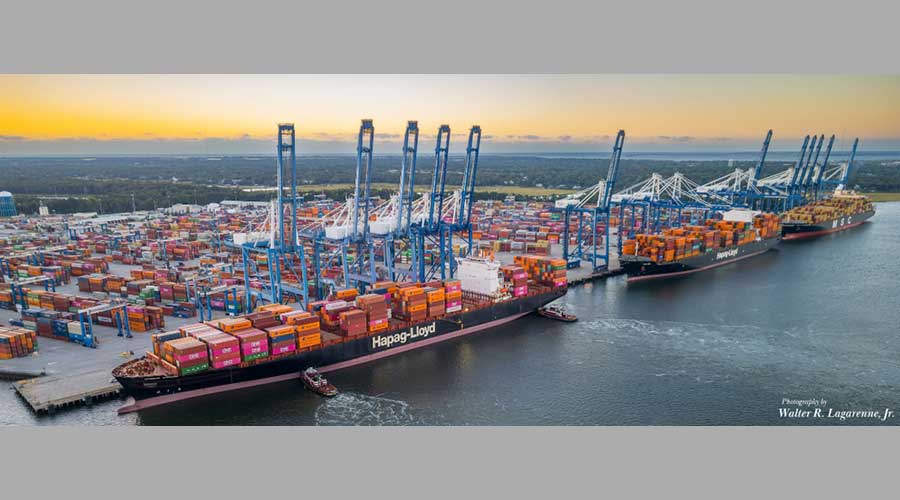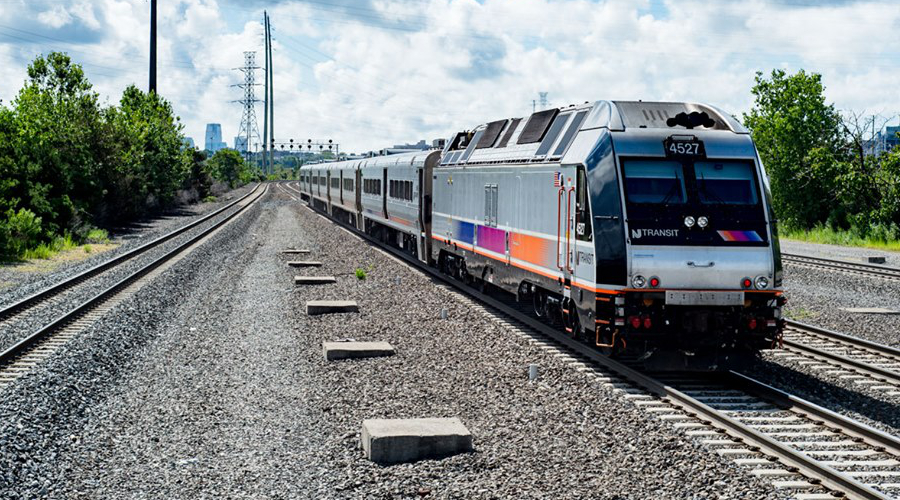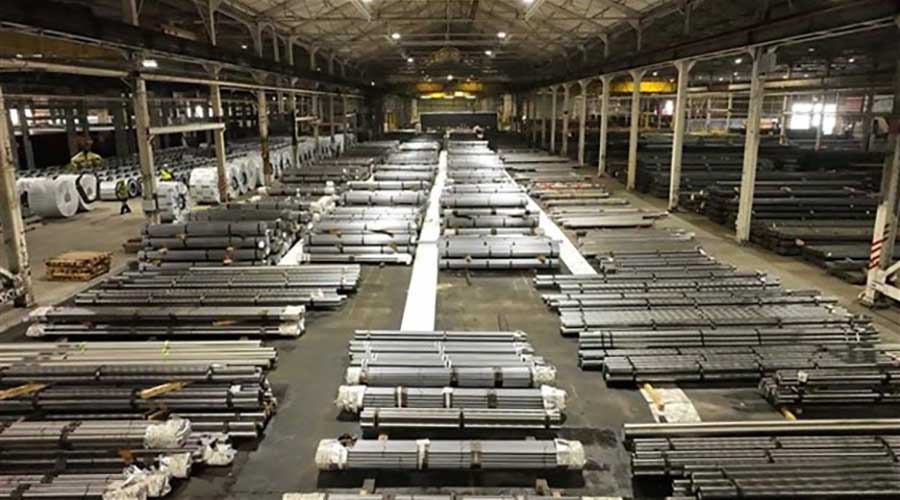Newsletter Sign Up
Stay updated on news, articles and information for the rail industry
Stay updated on news, articles and information for the rail industry
RAIL EMPLOYMENT & NOTICES
Rail News Home
High-Speed Rail
Rail News: High-Speed Rail
5/9/2011
Rail News: High-Speed Rail
LaHood: HSR grants allocated to states that are 'ready to get into the high-speed rail business'
advertisement
During a press teleconference held this afternoon, U.S. Transportation Secretary Ray LaHood discussed the U.S. Department of Transportation’s strategy in reallocating $2 billion in High-Speed Intercity Passenger Rail program funds initially awarded to Florida but rejected by Gov. Rick Scott.
Announced this morning, the grants stand out from those allocated in the past, LaHood believes. For one, Amtrak received $795 million for Northeast Corridor (NEC) improvements; the national intercity passenger railroad had not been able to directly apply for high-speed funds during earlier rounds. However, LaHood in March named the NEC as the 11th federally designated high-speed rail corridor. The designation made Amtrak, which owns the corridor, eligible to apply for federal dollars.
In addition, the USDOT allocated $336.2 million to five Midwest states and California to purchase new rail cars and locomotives.
“I think what we’ve tried to say to people around the country is, ‘If you’re ready to get into the high-speed rail business, we’re ready to allocate some money to your projects,’” said LaHood. “This sends a serious message that we’re interested in not only improving existing rail right of way, but also building new rail lines around the country.”
The grant announcements also sent a strong message that the USDOT isn’t interested in doing business with states that aren’t committed to high-speed rail. Wisconsin had applied for $150 million to upgrade the Milwaukee-Chicago Hiawatha line, a portion of which would be used for trainsets and locomotives. The USDOT did not include Wisconsin with the other five states that jointly applied for new rail equipment. Late last year, USDOT redirected $810 million from Wisconsin initially intended for the Milwaukee-Madison high-speed project after incoming Gov. Scott Walker said he intended to reject the funds once he took office.
“We had 100 applications that came in for $10 billion and we wanted to allocate those resources in a way that reflected the idea that we have partners around the country — reliable partners, partners who want to get into the high-speed rail business, jumpstart opportunities for high-speed rail, and that’s what we did,” said LaHood. “When we made these allocations, these are with the strongest partners in America who are ready to get into high-speed rail. These are reliable people who have as one of their top priorities for transportation high-speed rail.”
And as far as priorities go, high-speed rail still is a top one for the Obama administration, despite Congress eliminating high-speed funding for FY2011, LaHood said. Members of the administration negotiated with Congress during the FY2011 budget process and high-speed rail funding was one of the many concessions that were made.
“You didn’t hear any whining and complaining about that. The budget agreement that was reached was reached between Congress and the administration, and we’re not sitting around wringing our hands,” said LaHood, adding that President Obama’s FY2012 budget still includes $53 billion over six years for high-speed rail. “Based on the fact that we had 100 applications for $2 billion and those amounted to $10 billion, members of Congress around the country will understand very quickly that their people … want high-speed rail.”
As a result, LaHood says he’s “very optimistic” about the future of high-speed rail.
“High-speed rail is coming to America,” he said — not once, but twice during the teleconference. “There’s no going back.”
— Angela Cotey
Announced this morning, the grants stand out from those allocated in the past, LaHood believes. For one, Amtrak received $795 million for Northeast Corridor (NEC) improvements; the national intercity passenger railroad had not been able to directly apply for high-speed funds during earlier rounds. However, LaHood in March named the NEC as the 11th federally designated high-speed rail corridor. The designation made Amtrak, which owns the corridor, eligible to apply for federal dollars.
In addition, the USDOT allocated $336.2 million to five Midwest states and California to purchase new rail cars and locomotives.
“I think what we’ve tried to say to people around the country is, ‘If you’re ready to get into the high-speed rail business, we’re ready to allocate some money to your projects,’” said LaHood. “This sends a serious message that we’re interested in not only improving existing rail right of way, but also building new rail lines around the country.”
The grant announcements also sent a strong message that the USDOT isn’t interested in doing business with states that aren’t committed to high-speed rail. Wisconsin had applied for $150 million to upgrade the Milwaukee-Chicago Hiawatha line, a portion of which would be used for trainsets and locomotives. The USDOT did not include Wisconsin with the other five states that jointly applied for new rail equipment. Late last year, USDOT redirected $810 million from Wisconsin initially intended for the Milwaukee-Madison high-speed project after incoming Gov. Scott Walker said he intended to reject the funds once he took office.
“We had 100 applications that came in for $10 billion and we wanted to allocate those resources in a way that reflected the idea that we have partners around the country — reliable partners, partners who want to get into the high-speed rail business, jumpstart opportunities for high-speed rail, and that’s what we did,” said LaHood. “When we made these allocations, these are with the strongest partners in America who are ready to get into high-speed rail. These are reliable people who have as one of their top priorities for transportation high-speed rail.”
And as far as priorities go, high-speed rail still is a top one for the Obama administration, despite Congress eliminating high-speed funding for FY2011, LaHood said. Members of the administration negotiated with Congress during the FY2011 budget process and high-speed rail funding was one of the many concessions that were made.
“You didn’t hear any whining and complaining about that. The budget agreement that was reached was reached between Congress and the administration, and we’re not sitting around wringing our hands,” said LaHood, adding that President Obama’s FY2012 budget still includes $53 billion over six years for high-speed rail. “Based on the fact that we had 100 applications for $2 billion and those amounted to $10 billion, members of Congress around the country will understand very quickly that their people … want high-speed rail.”
As a result, LaHood says he’s “very optimistic” about the future of high-speed rail.
“High-speed rail is coming to America,” he said — not once, but twice during the teleconference. “There’s no going back.”
— Angela Cotey


 2025 MOW Spending Report: Passenger-rail programs
2025 MOW Spending Report: Passenger-rail programs
 Gardner steps down as Amtrak CEO
Gardner steps down as Amtrak CEO
 Guest comment: Oliver Wyman’s David Hunt
Guest comment: Oliver Wyman’s David Hunt
 Women of Influence in Rail eBook
Women of Influence in Rail eBook
 railPrime
railPrime








